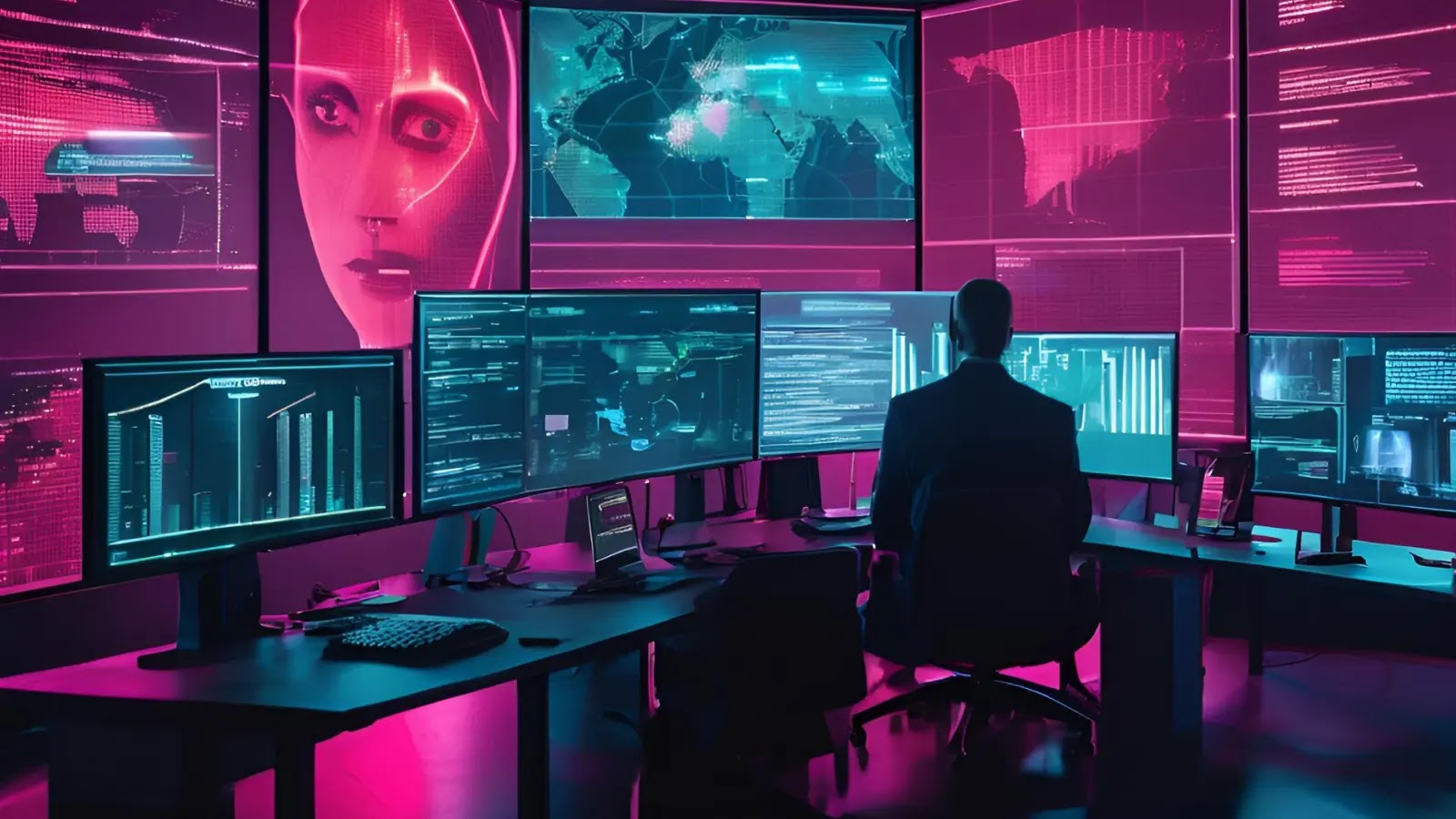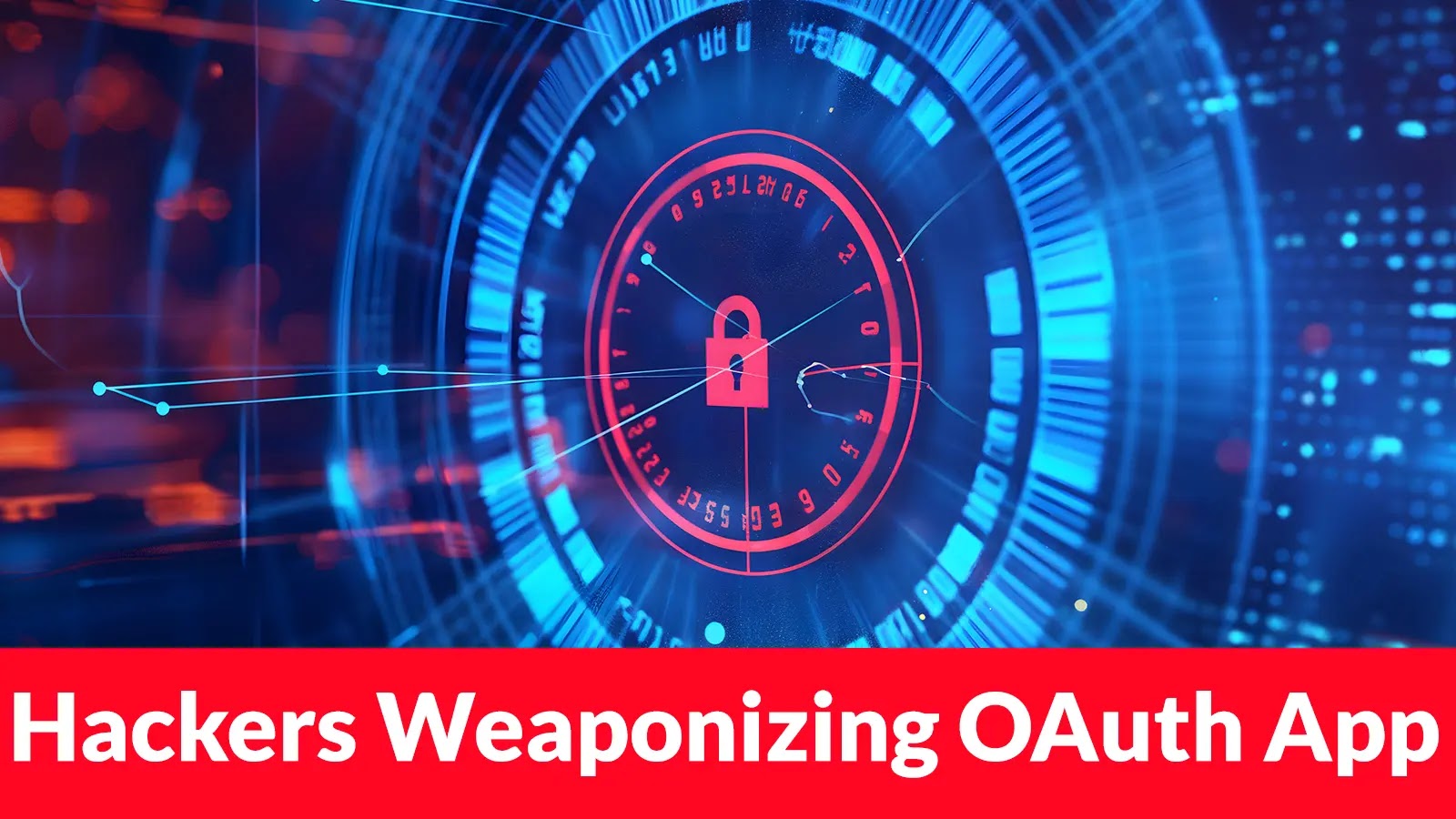As we progress through 2025, Chief Information Security Officers (CISOs) are encountering an increasingly complex and sophisticated threat landscape. The rapid evolution of technology, coupled with innovative attack methodologies, has introduced new vulnerabilities that cyber adversaries are eager to exploit. This article delves into the most pressing emerging threats that CISOs must monitor and offers strategic approaches to bolster organizational defenses against these evolving challenges.
AI-Powered Attack Vectors: The New Frontier
The integration of artificial intelligence (AI) into cyberattack strategies has reached unprecedented levels in 2025. Malicious actors are leveraging AI to analyze defensive patterns, identify vulnerabilities, and adapt their attack strategies in real-time. This has led to the emergence of several concerning trends:
– Deepfake Impersonation: Cybercriminals are utilizing AI-generated deepfakes to impersonate executives and other key personnel. These highly convincing audio and video forgeries are employed to deceive employees into transferring funds or divulging sensitive information. The sophistication of these deepfakes makes them challenging to detect, posing significant risks to organizational security.
– Personalized Phishing Campaigns: AI enables attackers to craft phishing emails that are meticulously tailored to individual employees. By analyzing digital footprints, AI can generate messages that mimic the tone and style of trusted contacts, increasing the likelihood of successful deception. This level of personalization renders traditional phishing detection methods less effective.
– Automated Exploitation of Zero-Day Vulnerabilities: AI systems can rapidly identify and exploit zero-day vulnerabilities before patches are developed and deployed. The speed and efficiency of these AI-driven attacks necessitate a more agile and proactive approach to vulnerability management.
The commoditization of offensive AI tools on dark web marketplaces has democratized access to these capabilities, allowing even less sophisticated threat actors to launch advanced attacks. This expansion of the threat landscape requires organizations to adopt AI-driven defense mechanisms capable of detecting and mitigating AI-powered threats.
Expanding Attack Surface of Critical Infrastructure
The digital transformation of critical infrastructure sectors has introduced new vulnerabilities that cyber adversaries are actively targeting. Key areas of concern include:
– Industrial Control Systems (ICS) Exposures: The convergence of Information Technology (IT) and Operational Technology (OT) environments has created new entry points for attackers targeting manufacturing, energy, and utility operations. Legacy systems, often lacking robust security controls, are now connected to modern networks, resulting in significant security gaps.
– Healthcare System Vulnerabilities: Medical devices and health information systems have become prime targets for ransomware groups. The critical nature of these systems, which directly impact patient care, makes them attractive targets for extortion. Attacks on healthcare infrastructure can lead to operational disruptions and compromise patient safety.
– Quantum Computing Threats: As quantum computing capabilities advance, organizations that have not implemented quantum-resistant cryptography face the risk of harvest now, decrypt later attacks. Adversaries may collect encrypted data with the intention of decrypting it once quantum computing becomes sufficiently powerful, potentially exposing sensitive information.
– 5G/6G Infrastructure Weaknesses: The deployment of advanced telecommunications infrastructure introduces new security challenges. Network slicing and edge computing components may have inadequate security controls, providing potential entry points for attackers. Ensuring the security of these components is crucial to maintaining the integrity of communication networks.
– Cloud Security Misconfigurations: The widespread adoption of multi-cloud environments has led to complex security challenges. Misconfigured identity and access management, along with improper segmentation, can result in large-scale data exposures. Organizations must implement robust cloud security policies and regularly audit configurations to mitigate these risks.
The interconnected nature of these systems means that compromises can cascade across sectors, potentially causing widespread disruptions to essential services and economic stability. A proactive approach to securing critical infrastructure is imperative to prevent such scenarios.
Strategic Defense Considerations for the Modern CISO
To effectively address the evolving threat landscape of 2025, CISOs must adopt a holistic and proactive approach to cybersecurity. Key strategies include:
– Adopting a Zero Trust Architecture: Implementing a Zero Trust model ensures that trust is never assumed, and verification is required from everyone attempting to access resources within the network. This approach minimizes the risk of unauthorized access and lateral movement by attackers.
– Enhancing Employee Training and Awareness: Regular training programs can equip employees with the knowledge to recognize and respond to phishing attempts, social engineering tactics, and other common attack vectors. An informed workforce serves as a critical line of defense against cyber threats.
– Investing in AI-Driven Defense Mechanisms: Leveraging AI for threat detection and response can provide organizations with the agility to counter AI-powered attacks. AI-driven security solutions can analyze vast amounts of data to identify anomalies and potential threats in real-time.
– Conducting Regular Security Audits and Penetration Testing: Routine assessments of security controls and penetration testing can help identify and remediate vulnerabilities before they can be exploited by attackers. This proactive approach strengthens the organization’s overall security posture.
– Implementing Robust Vendor Management Programs: Given the rise of supply chain attacks, organizations must establish comprehensive vendor management programs. Regular audits and assessments of third-party vendors can help ensure that they adhere to the organization’s security standards.
– Developing Incident Response and Business Continuity Plans: Preparing for potential incidents through well-defined response and recovery plans can minimize the impact of cyberattacks. These plans should be regularly updated and tested to ensure their effectiveness.
By embracing these strategies, CISOs can enhance their organization’s resilience against the dynamic and sophisticated cyber threats of 2025. Staying informed about emerging threats and continuously evolving defense mechanisms are essential components of a robust cybersecurity strategy.



